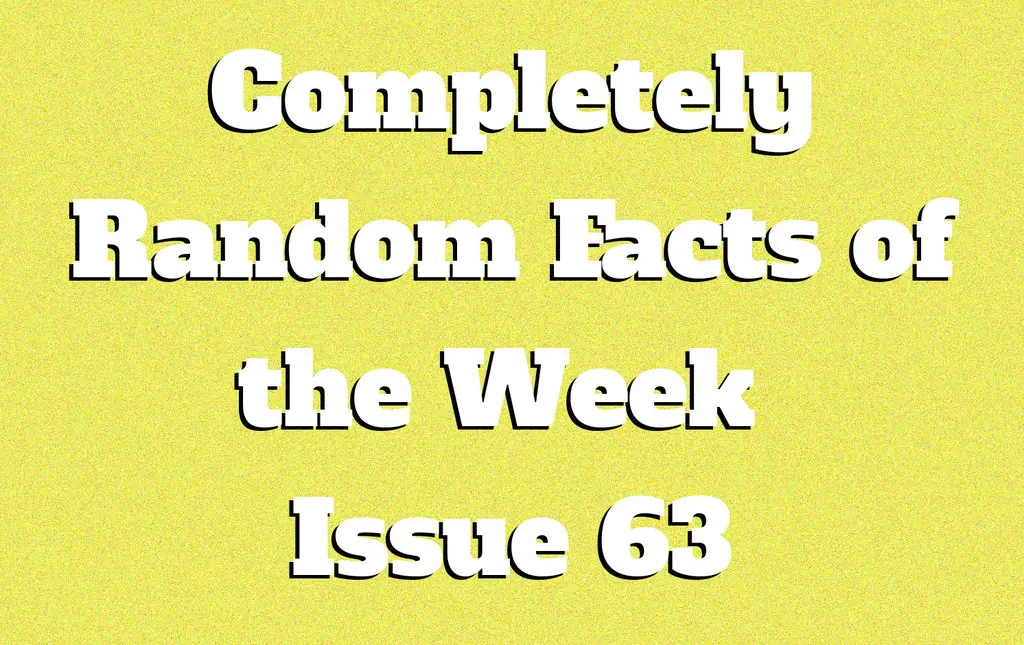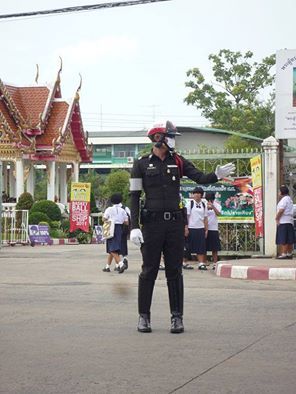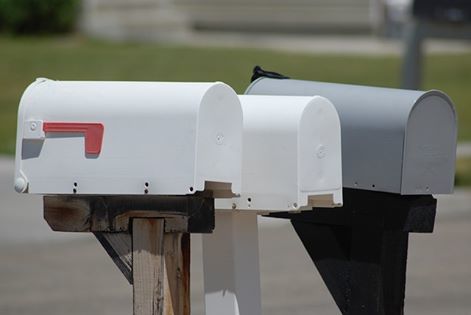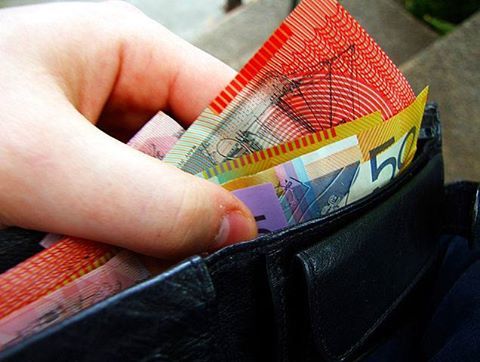 The weekly collection of random and fun facts. In this week’s edition: What R2D2 Means, Tetris Origin, A Bad Police Program, Lost and Found Mail, and Damaged Australian Money.
The weekly collection of random and fun facts. In this week’s edition: What R2D2 Means, Tetris Origin, A Bad Police Program, Lost and Found Mail, and Damaged Australian Money.
 You would think there would be something technical about the name of R2D2, the little droid from the Star Wars films, but it actually has a rather mundane meaning. R2D2 actually stands for “Reel 2 Dialogue Track 2”.
You would think there would be something technical about the name of R2D2, the little droid from the Star Wars films, but it actually has a rather mundane meaning. R2D2 actually stands for “Reel 2 Dialogue Track 2”.
Walter Murch was a sound editor on the film American Graffiti, the movie George Lucas, the creator of Star Wars, was making at the time. According to Murch, he was mixing dialogue for American Graffitti one day while Lucas was working on the script for Star Wars. Murch said “R2D2” out-loud to refer to the second dialogue premix for reel two of the movie. Lucas heard what he said and asked him to clarify it. Lucas then told him it was a great name and continued writing the script for Star Wars. As simple as that, a movie legend had been born. Source
 Tetris is the name of the tile-matching puzzle game where you match geometric shapes combinations to hopefully make them disappear. It was invented by a Russian designer named Alexey Pajitnov in 1984 while he was at the Academy of Science in the USSR. But what does Tetris actually mean? Pajitnov got the name by combining the Greek word tetra, which means “four”, with his favorite sport, tennis. The “tetra” prefix refers to the random four piece geometric pieces that fall from the top of the game, and the tennis part–well, you’ll just have to use your imagination. Source
Tetris is the name of the tile-matching puzzle game where you match geometric shapes combinations to hopefully make them disappear. It was invented by a Russian designer named Alexey Pajitnov in 1984 while he was at the Academy of Science in the USSR. But what does Tetris actually mean? Pajitnov got the name by combining the Greek word tetra, which means “four”, with his favorite sport, tennis. The “tetra” prefix refers to the random four piece geometric pieces that fall from the top of the game, and the tennis part–well, you’ll just have to use your imagination. Source

This one comes from the, “What were they thinking?” file. The Bangkok Metropolitan Police actually implemented an anti-bribe program in 2013 where a bonus was given to police officers who arrested people who offered them bribes. As you can see from the face of it, this doesn’t sound like a good program and many people agreed. The program lasted only a few days before it was shuttered by the chief of police due to public pressure.
The program would have awarded officers 10,000 Thai Bahts, or around $285 US dollars, to arrest motorists that offered them a bribe, or baksheesh, as it is known in many Asian countries. The funding for the program wasn’t even clearly known at the time. A rival program was even proposed by a group called the “Club for Justice Under Investigation”. They intended to to reward 20,000 Thai Bahts ($570 USD) to anyone that could catch a police officer soliciting a bribe. Source
 This is always helpful to know to help another person out. In the United States, if you put a lost ID in a mailbox, the postal service will deliver it free of charge to the mailing address. In addition, they’ll even deliver an entire wallet to the person that lost it if there is a deliverable address inside. If the wallet isn’t too large, the Postal Service will pay for its delivery.
This is always helpful to know to help another person out. In the United States, if you put a lost ID in a mailbox, the postal service will deliver it free of charge to the mailing address. In addition, they’ll even deliver an entire wallet to the person that lost it if there is a deliverable address inside. If the wallet isn’t too large, the Postal Service will pay for its delivery.
The ID or wallet gets processed at one of the Postal Service’s processing centers if there is an address, but if there isn’t one, it is sent to the Mail Recovery Center in Atlanta, Georgia. This was once known as the Dead Letter Office. Staff at the facility investigate if there is any additional information that can be gathered to successfully deliver items that are valued at $25 or more. A person can even file an inquiry about a lost piece of mail where the employees of the center will try to match it with an undelivered one.
If nothing can be done, then the items are either recycled, donated, or auctioned off in large lots. In the case of the auctions, buyers can bid on oversized boxes that contain a similar type of merchandise, but they can’t move or touch any of the items inside. Buyers are only able to look before they choose to buy.
In 2014, the Mail Recovery Center received 88 million items. 2.5 million of the 12 million items that were valued at $25 or more were returned. Source, Source, Source
 In Australia, if half of a bank note is damaged or destroyed, the value is paid in proportion with the percentage remaining. For example, if half of a $10 note is present, then the note will be worth $5. If more than 80% of the banknote is missing, then no value is paid. The full value is paid if the note has less than 20% missing . The reason, as stated by the Reserve Bank of Australia, is because the Reserve Bank has to “take into account the possibility that pieces of the banknote may be presented for value separately.” All the pieces of the banknote must equal the face value of the original. Hopefully no takes it literally if someone ask if they can “break” a five, ten, or twenty. Source
In Australia, if half of a bank note is damaged or destroyed, the value is paid in proportion with the percentage remaining. For example, if half of a $10 note is present, then the note will be worth $5. If more than 80% of the banknote is missing, then no value is paid. The full value is paid if the note has less than 20% missing . The reason, as stated by the Reserve Bank of Australia, is because the Reserve Bank has to “take into account the possibility that pieces of the banknote may be presented for value separately.” All the pieces of the banknote must equal the face value of the original. Hopefully no takes it literally if someone ask if they can “break” a five, ten, or twenty. Source
That’s it for the random facts for this week. Go and spread your new knowledge.
Here’s even more Random Facts of the Week.


